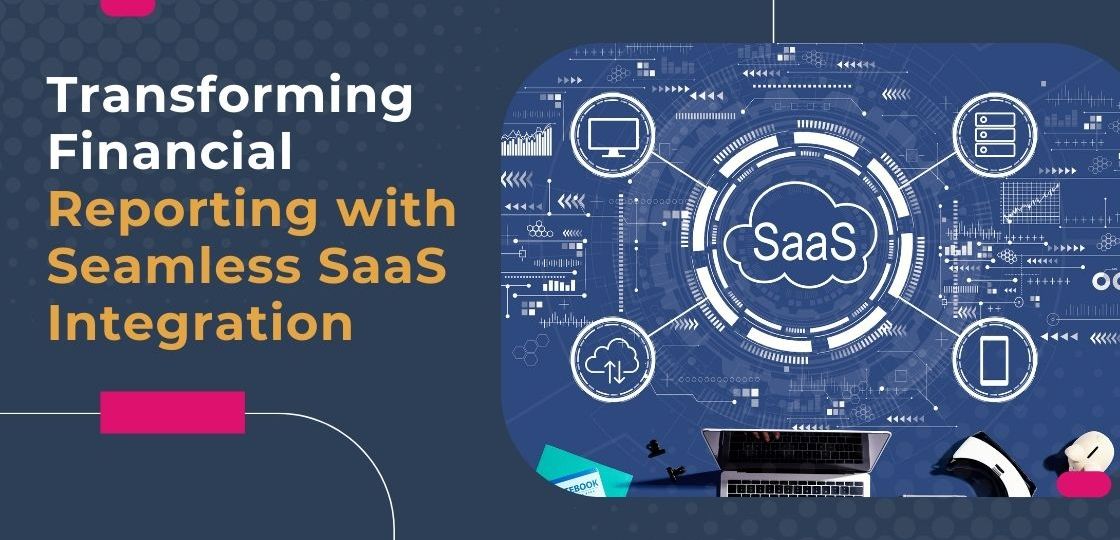
Financial reporting is a critical process for businesses of all sizes. Preparing accurate, timely reports provides vital insights into financial health and performance. However, compiling reports manually using spreadsheets is tedious, error-prone, and prevents real-time financial visibility. This is where integrating Software-as-a-Service (SaaS) platforms comes in to transform reporting seamlessly.
Challenges with Traditional Financial Reporting
Dependency on Manual Processes
Most traditional reporting relies on the manual collection of data from disparate systems into spreadsheets. This is time-consuming, relying on error-prone human calculations.
Lack of Connectivity Between Systems
Billing, accounting, planning, and expense modules often run on separate platforms, needing more integration. This makes consolidating data extremely messy.
Data Discrepancies and Quality Issues
With siloed systems, consistency in financial data leads to accurate reporting. Data entry issues also contribute to poor quality.
Delayed Insights and Decision-Making
Manual reporting has inherent lags limiting responsiveness to market changes. This hampers data-driven decisions.
Inability to Scale
As business operations expand to multiple locations, traditional reporting fails to keep pace, leading to inefficiencies.
Integrating SaaS business tools through APIs solves these challenges…
Seamless SaaS Integration for Modern Reporting
SaaS integration links discrete applications via APIs, enabling seamless movement of data between systems. This allows easy consolidation of granular financial data and automation of complex reporting tasks, freeing up valuable time.
Key benefits include:
- Real-time Data Syncing: Bi-directional APIs support continuous data exchange, ensuring all components have common updated numbers.
- Unified DataLayer: Central cloud data storage eliminates duplication and acts as a single source of truth.
- Customizable Reporting: Parametrized reporting facilitates the creation of rich visual reports, such as P&Ls filtered by custom dimensions.
- Scalability Across Locations: A unified reporting foundation means operational expansion no longer hinders financial visibility.
- Enhanced Analytics: Combining data sets yields deeper insights from cash flows to profitability analytics using business intelligence tools.
- Audit Trails: System logs of all transactions enhance transparency and simplify compliance.
Transforming Core Business Processes
SaaS integrations streamline major reporting processes:
Order-to-Cash Cycles
Integrating order management with billing and accounting systems allows auto-recording of invoice transactions, minimizing reconciliation. Dashboards provide real-time sales and collections analytics.
Procure-to-Pay Workflows
Connecting procurement systems with accounts payable platforms enables seamless capturing of purchase events and automated vendor payments reconciliation.
Planning and Budgeting
Financial planning leverages live data with flexible modelling capabilities. Built-in controls ensure budgets are aligned with reporting.
Expense Reporting
Linking corporate cards with ERPs transforms expense reporting with an automatic feed of line-item charges.
With game-changing benefits across critical domains, SaaS integrations revolutionize financial reporting. But successful adoption depends on prudent strategy…
Best Practices for Deploying Integrated SaaS Ecosystems
Follow these best practices when implementing unified SaaS environments:
